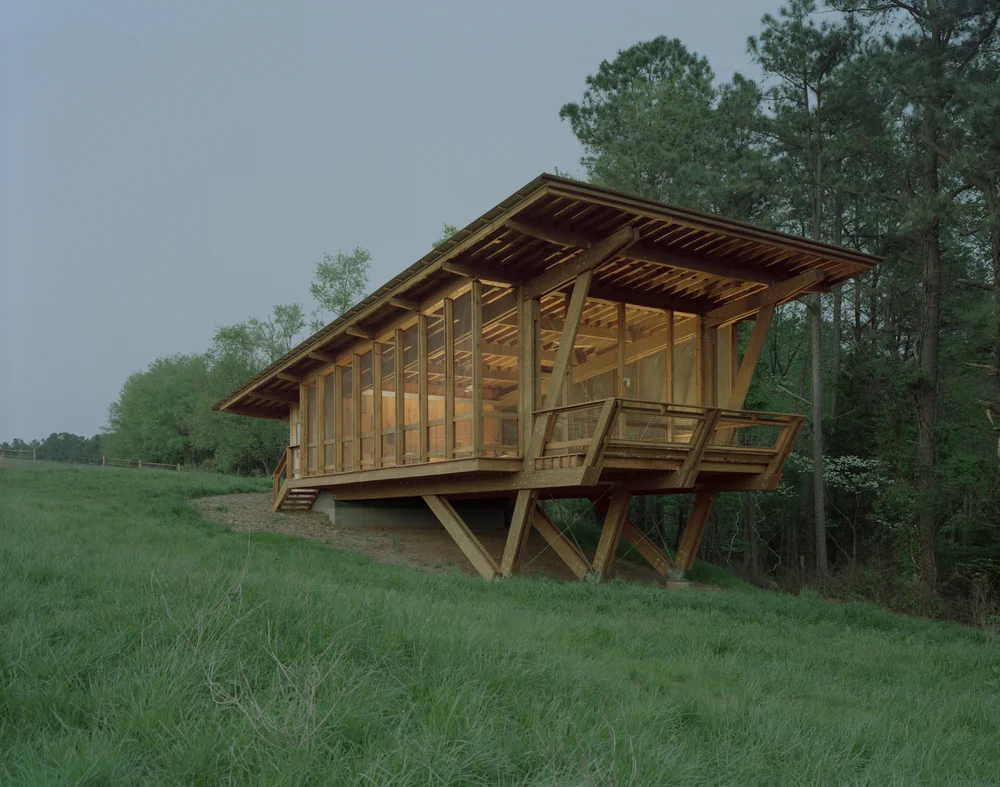Frank Harmon and Capability Brown
With a British husband, much of my travel for the last 20+
years has involved time in England. During those trips, we have visited National
Trust and English Heritage sites, including a half dozen properties designed by
Lancelot “Capability” Brown. When I read Tzonis and Lefaivre’s description of the
Picturesque Garden movement, I was reminded of Brown and a visit to Croome
Court in Worcestershire.
Croome Court stands out. Not only did Brown design
the estate’s gardens, but he also had a hand in remodeling the house. From
outside, the idyllic setting seems natural; but once inside the house, it is
clear that Brown was highly intentional about his placement of trees, lakes, and other
objects.
I see some similarities between Brown’s 18th century garden
designs and the contemporary examples of Critical Regionalism that we saw in class. For example, in designing the Prairie Ridge Eco-Station, Frank
Harmon’s drawings indicate that he has been as intentional as Brown was to
marry structure with the natural environment. Nevertheless, in their conclusion, Tzonis and Lefaivre
asserted that Critical Regionalism “is not an expression of identity.” Once
again, theory makes a difference. While the gardens of 18th century
England were celebrations of English nationalism and a departure from absolute monarchies,
Harmon’s work comes across as an attempt to create beauty and function through authenticity
of place and the responsible use of resources.





Comments
Post a Comment